Stir-fried potato shreds, or qíng jiāo sī in Mandarin, is a beloved Chinese dish celebrated for its simplicity, vibrant flavor, and uniquely satisfying texture. While the recipe appears straightforward—potatoes, oil, and a handful of seasonings—achieving the perfect balance of crispiness and oily richness requires precision, technique, and an understanding of culinary science. This article delves into the intricacies of crafting this dish, focusing on how to elevate its appearance and taste to achieve that coveted glossy, oil-coated finish.
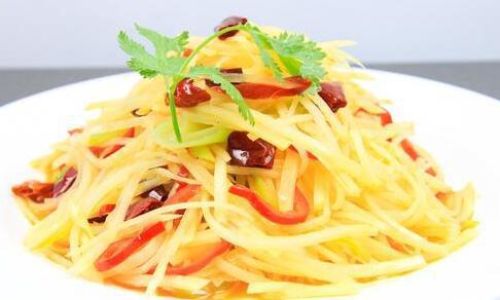
The Allure of Oily Stir-Fried Potato Shreds
The hallmark of a well-executed stir-fried potato shred dish lies in its texture: tender yet slightly crisp, with each strand glistening with a thin layer of oil. This oiliness is not about excess grease but about achieving a harmonious coating that enhances the potatoes’ natural sweetness while preventing them from drying out during cooking. The dish’s appeal is both visual and tactile—a golden hue, a subtle sheen, and a rich mouthfeel that lingers.
Key Ingredients: Choosing the Right Potatoes and Oils
-
Potatoes:
Selecting the correct potato variety is critical. Starchy potatoes, such as Russet or Idaho, are ideal because they absorb flavors and develop a fluffy interior when cooked. Avoid waxy varieties like red or new potatoes, as they retain moisture and may become mushy. -
Oils:
Peanut oil, vegetable oil, or rapeseed oil are preferred for their high smoke points and neutral flavors, which allow the potatoes’ taste to shine. For a deeper aroma, sesame oil can be added in minimal quantities as a finishing touch. -
Aromatics and Seasonings:
Fresh garlic, dried chili peppers, and vinegar (rice or black) are essential. Vinegar not only brightens the dish but also aids in crisping the potatoes by breaking down excess starch.
Preparation: The Foundation of Perfection
-
Cutting Technique:
Uniformity is key. Slice potatoes into matchsticks (3mm thick) using a sharp knife or mandoline. Consistent thickness ensures even cooking. Soak the shreds in cold water for 15–20 minutes to remove excess starch, which prevents clumping and promotes a crisper texture.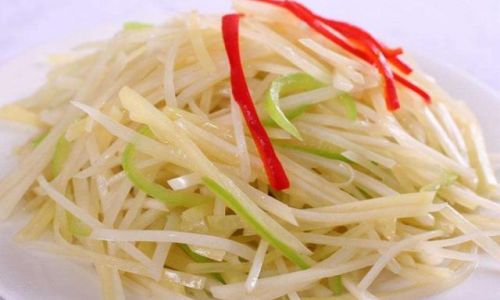
-
Drying Thoroughly:
After soaking, drain the potatoes and pat them dry with a clean kitchen towel. Residual moisture will cause the oil to splatter and the potatoes to steam instead of fry. -
Prepping the Wok:
Use a carbon-steel wok for optimal heat retention. Preheat it over high heat until a drop of water evaporates instantly. Add a generous amount of oil (3–4 tablespoons for 500g of potatoes) and swirl to coat the sides.
The Cooking Process: Heat, Timing, and Technique
-
Searing Aromatics:
Add minced garlic and dried chili peppers to the hot oil. Fry briefly until fragrant but not browned. This step infuses the oil with flavor, creating a aromatic base. -
Introducing the Potatoes:
Toss the dried potato shreds into the wok. Use a wok spatula to stir-fry vigorously, ensuring each strand is coated in oil. Maintain high heat to seal in moisture and prevent sogginess. -
Vinegar Splash:
Deglaze the pan with a splash of vinegar (1–2 teaspoons) midway through cooking. This acidity balances the oiliness and enhances crispness.
-
Seasoning and Finishing:
Add salt, white pepper, and a pinch of sugar to taste. For extra gloss, drizzle ½ teaspoon of cold sesame oil just before removing the wok from the heat.
Achieving the Perfect Oily Sheen
The “oily” appearance stems from three factors:
- Oil Coating: The potatoes must be evenly coated in oil during stir-frying. Avoid overcrowding the wok, as this lowers the temperature and causes steaming.
- High Heat: Cooking at 180–200°C (350–390°F) ensures the oil forms a thin, non-greasy layer around the potatoes.
- Minimal Starch: Soaking removes surface starch, preventing the potatoes from absorbing excess oil and becoming gummy.
Common Pitfalls and How to Avoid Them
-
Soggy Texture:
- Cause: Insufficient heat or overcrowding the wok.
- Fix: Preheat the wok thoroughly and cook in batches if necessary.
-
Uneven Browning:
- Cause: Inconsistent potato thickness or uneven stirring.
- Fix: Use a mandoline for uniform shreds and stir continuously.
-
Excessive Oiliness:
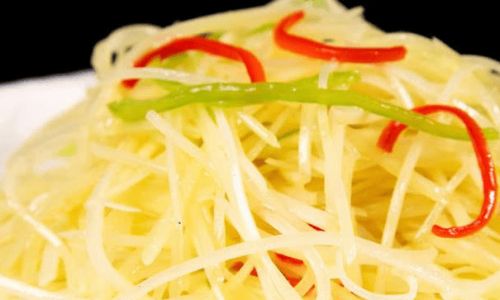
- Cause: Using too much oil or low-quality oil with a heavy taste.
- Fix: Measure oil precisely and opt for neutral, high-smoke-point varieties.
Advanced Tips for Restaurant-Quality Results
-
The Ice Bath Trick:
After soaking, blanch the potato shreds in boiling water for 10 seconds, then shock them in ice water. This par-cooking method ensures even crispiness. -
Dual-Oil Technique:
Use peanut oil for frying and a dash of chili oil for color and depth. The chili oil’s viscosity adds a subtle sheen. -
Final Toss in Hot Oil:
Before serving, briefly reheat a tablespoon of oil in the wok and toss the potatoes again. This “re-crisps” any softened strands.
Cultural Context and Variations
In Chinese home cooking, stir-fried potato shreds are a staple due to their affordability and adaptability. Regional variations include:
- Sichuan Style: Doubled chili peppers and Sichuan peppercorns for a numbing heat.
- Shandong Style: A splash of light soy sauce for umami richness.
- Vegetarian Twist: Add shredded carrots or bell peppers for color and sweetness.
Nutritional Considerations
While the dish is oil-heavy, it retains nutritional value from the potatoes’ vitamin C, potassium, and fiber. Moderation and portion control are key.
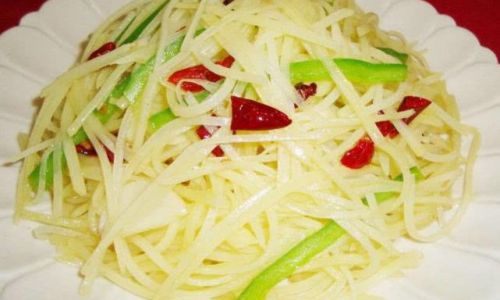
Conclusion: The Alchemy of Simplicity
Mastering stir-fried potato shreds is a testament to the beauty of minimalist cooking. By focusing on ingredient quality, heat control, and technique, even a humble potato can be transformed into a dish that dazzles the senses. The next time you wield a wok, remember that achieving the perfect oily sheen is not about excess but about harmony—a dance of fire, oil, and starch that results in culinary perfection.
With practice, you’ll learn to “feel” the wok’s temperature, anticipate the potatoes’ crisp, and wield the spatula with the precision of a seasoned chef. Bon appétit!
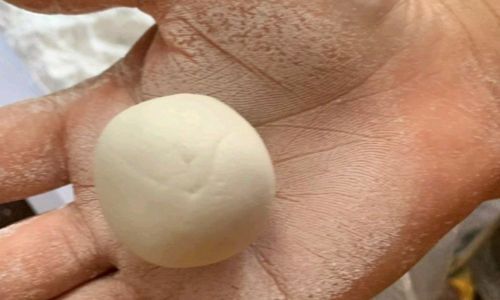
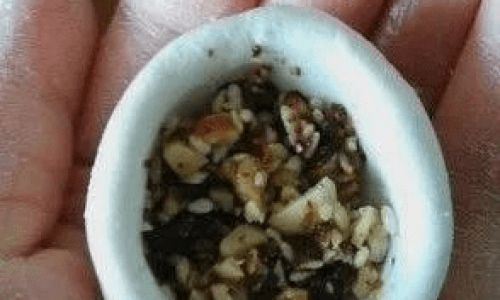
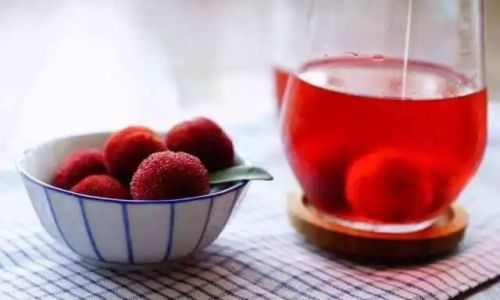
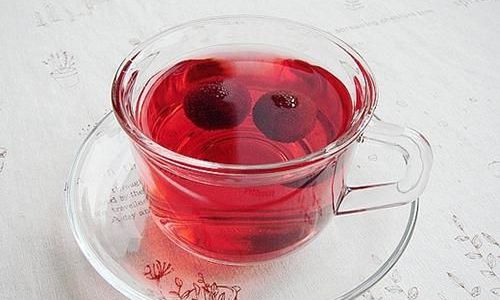
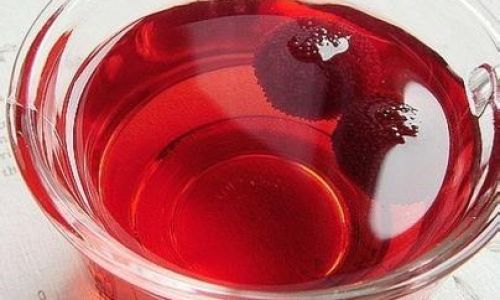
0 comments